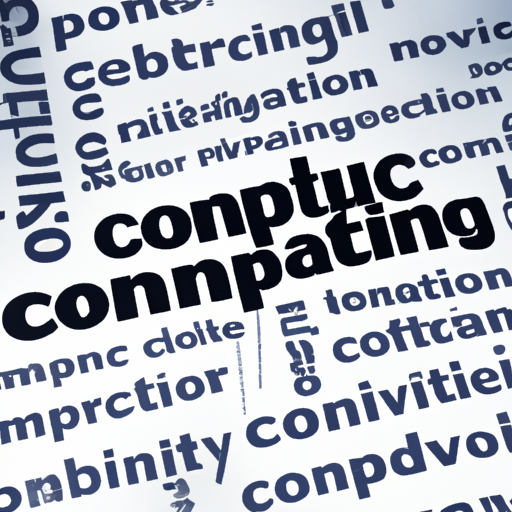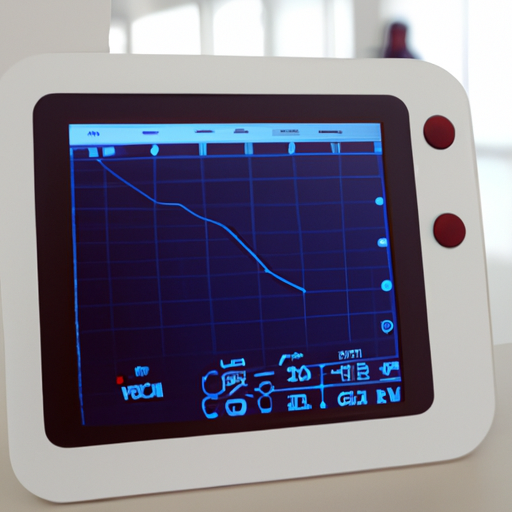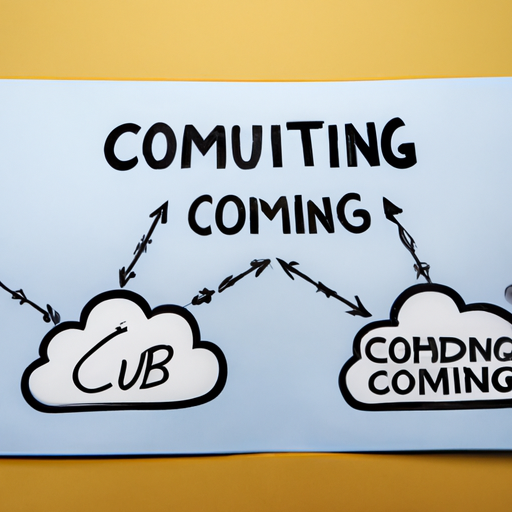In recent years, spatial computing has emerged as a groundbreaking technology trend that combines the physical and digital realms, transforming the way we interact with information and our environment. This new technology paradigm is revolutionizing sectors like education, healthcare, and entertainment, creating immersive experiences that enhance our understanding of the world.
What is Spatial Computing?
Spatial computing encompasses augmented reality (AR), virtual reality (VR), and mixed reality (MR)</strong), allowing users to engage with 3D environments in ways that were previously unimaginable. By integrating digital content into physical spaces, users can visualize complex data, simulate real-world scenarios, and collaborate in virtual contexts.
The Rise of Augmented and Virtual Reality
Augmented reality adds digital elements to our view of the real world, while virtual reality immerses users in entirely artificial environments. Together, these technologies enable rich, interactive experiences. From medical training simulations to architectural visualizations, they provide innovative solutions by enhancing digital interaction.
Applications of Spatial Computing
The potential applications of spatial computing are vast:
- Education: AR and VR create immersive learning experiences that increase engagement and knowledge retention.
- Healthcare: Surgeons use spatial computing for 3D visualization during operations, improving precision and outcomes.
- Retail: Virtual fitting rooms and interactive displays provide customers with a personalized shopping experience.
Impact on Technology Trends
As companies continue to invest in spatial computing, we can anticipate significant advancements in hardware, software, and user interface design. Companies are prioritizing the development of more accessible and affordable AR and VR technologies, which will drive widespread adoption.
Conclusion
As we look to the future, the impact of spatial computing on our daily lives will become more pronounced. With the convergence of technology and real-world applications, spatial computing is poised to redefine how we navigate and interact with our digital world.
Stay tuned for further developments as spatial computing continues to shape the future of technology and interaction.
Keywords: spatial computing, augmented reality, virtual reality, digital interaction, 3D environments, technology trends




